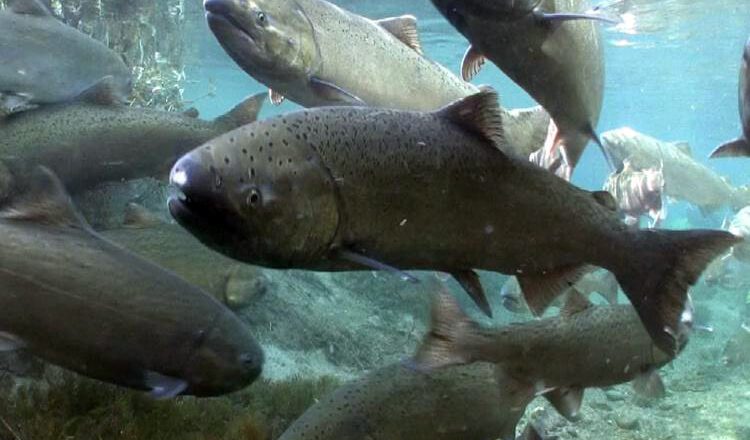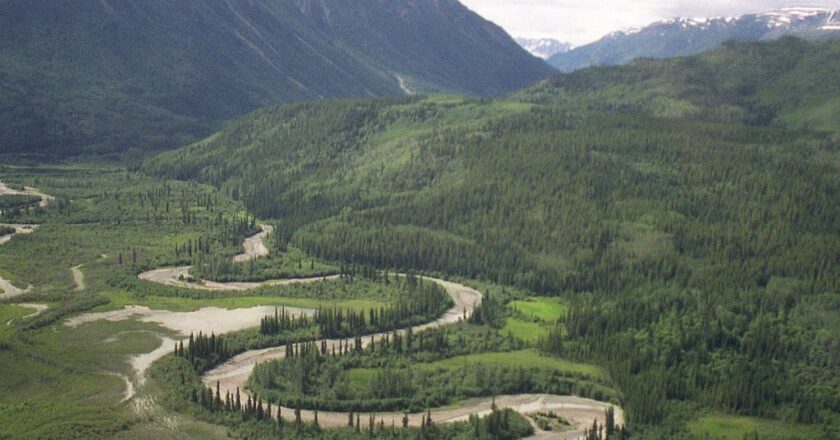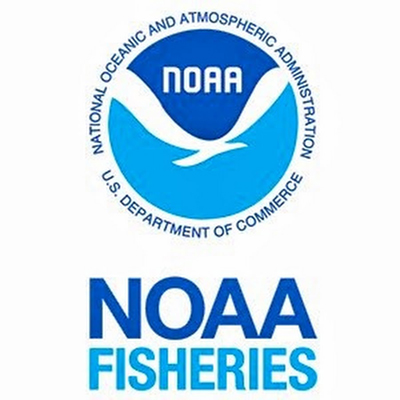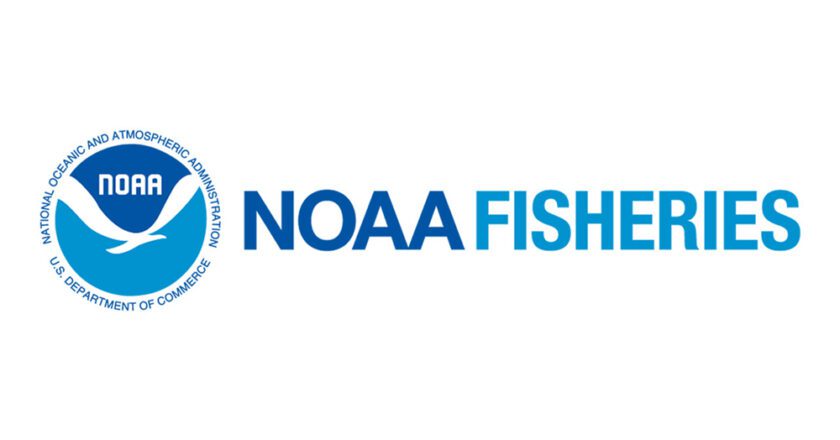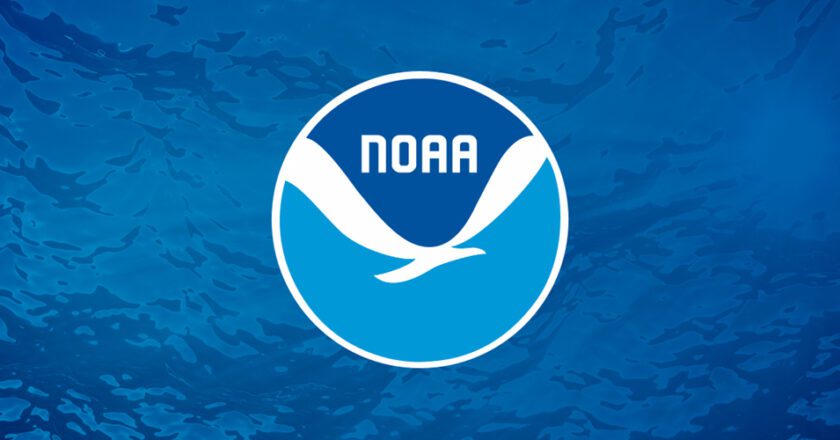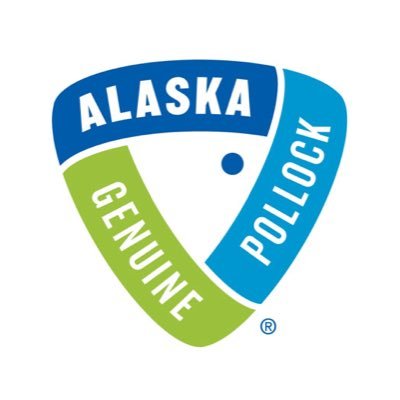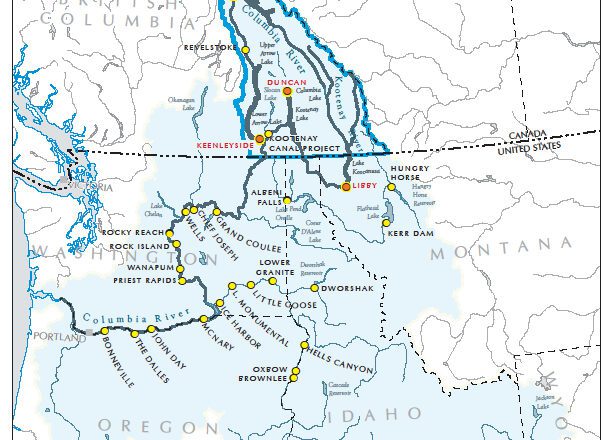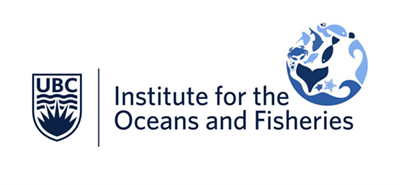AFSC Speeds Up Data Collection To Tackle Bycatch Issues
Researchers with the Alaska Fisheries Science Center (AFSC) say they’re speeding up the process of gathering data to share with the fisheries managers and others on the decline of Chinook and chum salmon runs, particularly in western Alaska.
The AFSC, which is collaborating with state and federal researchers, as well as those at the university level, reported in late August that the center has developed models to better understand and help resource managers address bycatch impacts.
“These models, after accounting for natural mortality, produce estimates of the number of adult fish that would be expected to return to their natal rivers to spawn if they hadn’t been taken as bycatch in the Eastern Bering Sea Pollock fisheries,” their report states.
Salmon bycatch levels vary year...

